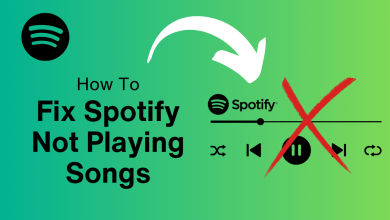How to Fix Slow Spotify
Spotify is a great music-streaming application, one of the best out there apparently. However, it does have its issues and errors. One of the most common error with Spotify application is its slow navigation and loading. Most of the users have reported their encounter with this and it is really a hindrance. No one can compromise on music, for example, if you are feeling a little down and require some music to cheer you up? Or maybe you’re with your friends and need some music to lighten up the moods? Spotify is really required in such instances. However, its slowness can be really infuriating.
Spotify is known for its constant updates to let its users enjoy the latest features. This issue, though, is not that repugnant and the workaround is quite easy. Of course, music-streaming requires fast internet speed otherwise you’ll be facing buffering which is quite unacceptable in this modern era. Anyway, with all that being said, let us get into the causes of this issue –
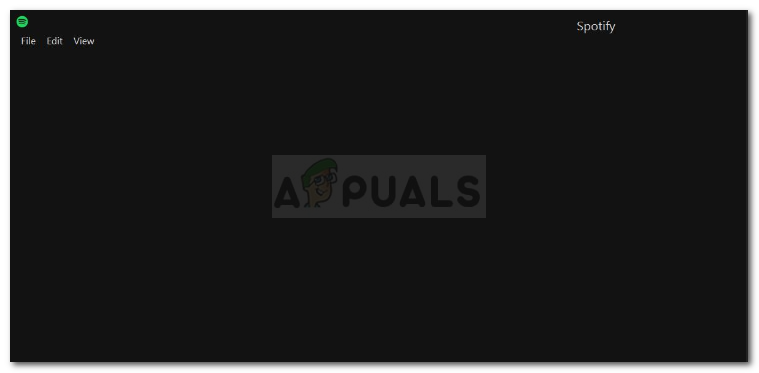
What causes the slow load up of Spotify?
This issue can be caused due to lots of generic issues like —
- Slow internet connection. If you have a bad internet connection while loading up your Spotify app, it could potentially be the cause of it.
- Messed up Spotify files. If you’ve had a bad Spotify installation i.e power outage during the installation process, this could be the reason.
- Memory usage. If your system memory is being used by other applications quite the bit due to which Spotify isn’t able to use the required amount, that could be the cause as well.
To speed up your Spotify, you can apply the following solutions: –
For PC:
Solution 1: Disabling Hardware Acceleration
Spotify makes use of the Hardware Acceleration feature by default which enables it to perform tasks at higher efficiency and greater priority. However, there’s a downside to it. Instead of speeding it up, it can sometimes be the cause of slowing it down, quite the karma. To fix this, you’ll have to disable hardware acceleration:
- Open up your Spotify application.
- On the top left corner, click Edit and select Preferences from the drop-down list.
- Click on ‘Show Advanced Settings’.
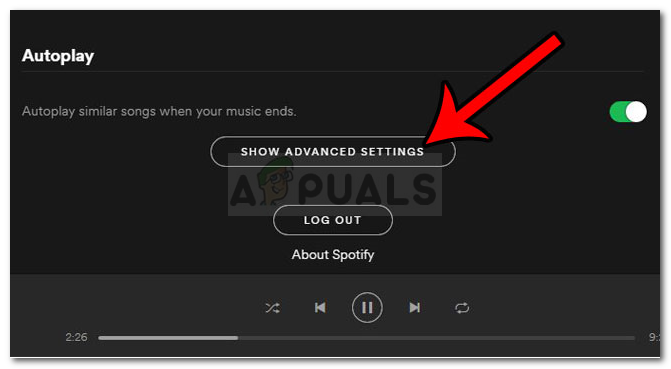
Preferences of Spotify - Under Compatibility, you’ll see ‘Enable Hardware Acceleration’.
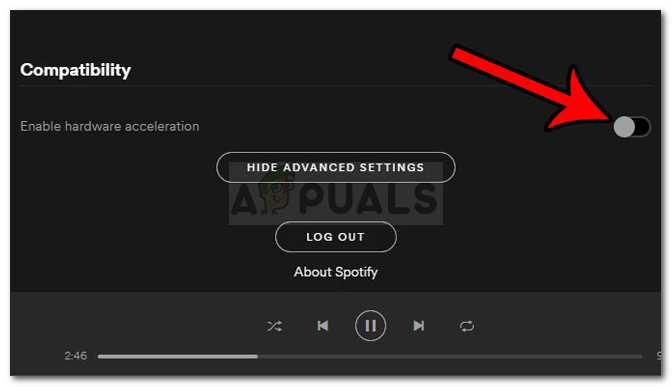
Enable Hardware Acceleration – Spotify - Turn it off.
Solution 2: Freeing up Memory
Another reason for the slow boot up would be insufficient memory availability. If your background applications like Chrome, Firefox, or any other are using lots of your memory, the app won’t be able to utilize the required memory and hence the process will slow down. Therefore, you’ll have to free up memory if you are short on it. Here’s how:
- Right-click on the taskbar and select Task Manager.
- In the Processes tab, look for applications that are utilizing lots of memory.
- Click to highlight it and then hit End Task.
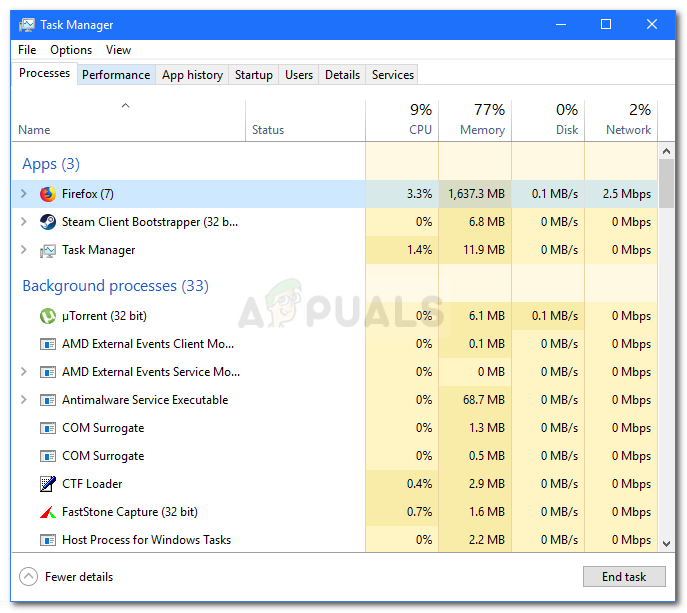
End Applications to Free up Memory - After you’ve freed a sufficient amount of memory, try to open Spotify again and see if it is any faster.
Solution 3: Cleaning up Spotify Folders
Some users have reported that their issue was resolved after they deleted the contents of certain Spotify related folders. You can do this by following these instructions:
- If your Spotify application is open, close it.
- Then, open up Windows Explorer.
- Paste the following path into the directory/address bar of Windows Explorer:
C:\Users\Administrator\AppData\Local\Spotify\
- Make sure to replace Administrator by your username.
- There, delete the contents of Storage, Data and Browser folders but make sure you don’t delete the folders themselves.
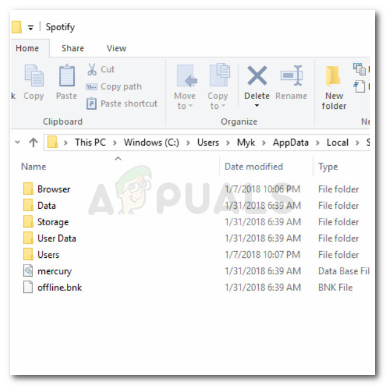
Local Spotify Folder
Solution 4: Reinstall Spotify
Sometimes, if you’ve had a faulty installation that is, if your pc was shut down during the process of installation, it could’ve messed up the files. In such an event, you’ll have to reinstall the application using the following instructions:
- Close Spotify.
- Go to the Start Menu and open Control Panel.
- Click Uninstall a program under Programs and Features.
- From the list of installed applications, locate and uninstall Spotify.
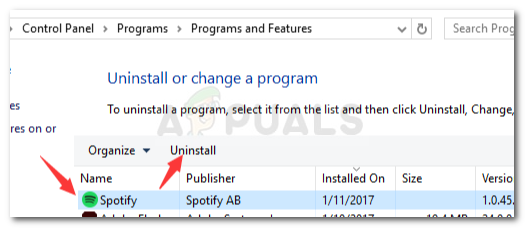
Uninstall Spotify from Control Panel - Download Spotify from its official website and then install it.
For Android:
Solution 1: Removing the SD Card
Android systems usually have the option to make use of an SD card inserted in the smartphone to store memory and use it to store application data. If your Spotify application files are stored in the SD card, it will be loading and processing slower than usual because the read/write time for the operation of the application is slower in SD card as compared to internal memory.

Move the Spotify to internal memory and remove the SD card (even if you don’t have the application files in the SD card). Restart your Android device and check if the issue is resolved.
Solution 2: Relogging/Reinstalling
Another possible workaround that users found was logging into the Spotify application again on your smartphone. This forces the application to reset its internal configurations and load the user data again from scratch.
If re-logging doesn’t work, consider reinstalling the application. This will make sure that bad files are replaced (if any) and freshly updated files are fetched from the PlayStore.





